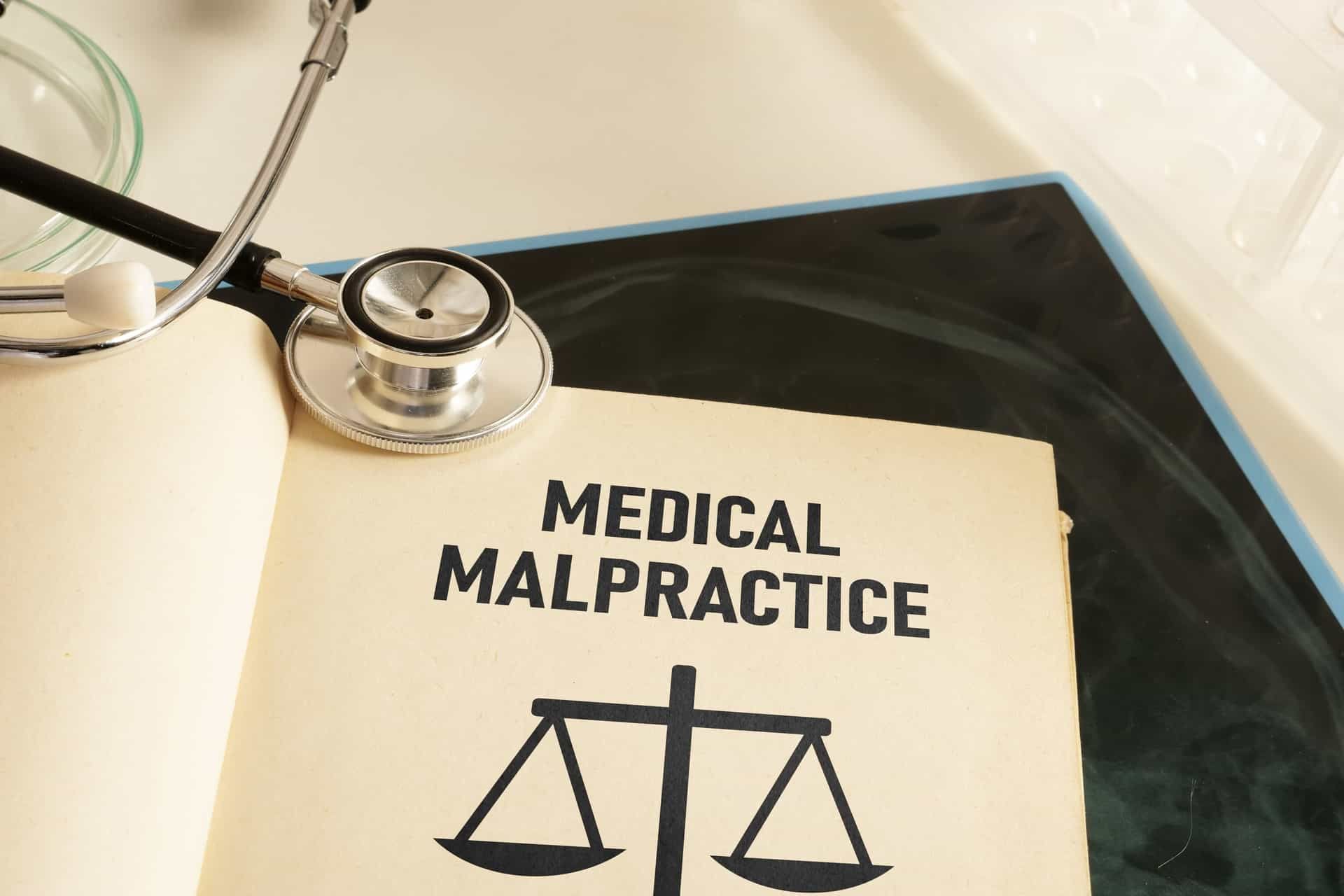Medical malpractice refers to professional negligence by a healthcare provider that results in harm to a patient. Over the years, the number of malpractice cases has been on the rise, and this trend has become a significant concern for both patients and medical professionals. With the complexity of medical procedures, the growing number of healthcare providers, and the increasing reliance on technology in the medical field, the risk of errors that lead to patient harm is ever-present.
In addition, the vast amount of medical data generated through modern technologies like electronic health records and AI-driven diagnostic tools increases the complexity of medical decision-making. Unfortunately, this can also contribute to mistakes that may not have occurred in a less data-heavy environment. The rise in malpractice claims has prompted lawmakers and healthcare professionals to seek innovative ways to address these issues, balancing the need for patient protection with the realities of modern healthcare.
Technological Advancements in Healthcare
According to www.donaldsonweston.com, technology has revolutionized the medical industry in numerous ways, making procedures more efficient and enabling healthcare providers to deliver better care. From robotic surgeries to AI-assisted diagnostics, technology plays a critical role in improving patient outcomes. However, this shift also brings new challenges. With advanced technologies, the risk of machine errors, data breaches, and the misinterpretation of digital records increases, which can lead to devastating consequences for patients.
Despite these risks, technology has been instrumental in reducing human error in many medical fields. For example, AI can analyze medical images with incredible accuracy, sometimes identifying abnormalities that even experienced doctors might miss. Likewise, digital health records allow for better communication between providers, ensuring that critical information is easily accessible. While these advancements have their potential for error, they also bring a higher level of accountability and transparency, allowing for quicker identification of mistakes when they occur.
Legal Implications of Medical Malpractice
The legal landscape surrounding medical malpractice is complex. Patients who have suffered due to medical negligence must prove that the healthcare provider violated the standard of care and that this violation directly caused the harm. This can be a challenging task, as it often requires expert testimony and a thorough review of medical records. Additionally, many states have implemented caps on malpractice awards, limiting the amount a patient can receive in compensation.
In recent years, however, the intersection of law and technology has begun to evolve. Advances in digital records, telemedicine, and AI have all become tools used in medical malpractice lawsuits. Electronic health records, for instance, provide a clear, documented trail of a patient’s medical history, helping legal teams assess the level of care provided. As technology advances, both medical professionals and patients must understand their legal rights and responsibilities, as well as how to handle medical mistakes when they occur.
How Technology is Assisting Medical Malpractice Prevention
Technology is increasingly being used not only to diagnose and treat patients but also to prevent errors that could lead to malpractice. One of the most significant advancements has been the integration of electronic health records (EHRs) into the healthcare system. EHRs allow healthcare providers to have instant access to a patient’s medical history, ensuring that critical information is not overlooked, thus reducing the likelihood of medication errors, misdiagnoses, and other common issues.
Another technology that’s helping prevent malpractice is the use of simulation training. By using virtual reality and artificial intelligence, medical professionals can practice surgeries and medical procedures without the risk of harming a patient. These simulations allow doctors to gain valuable hands-on experience in a controlled environment, increasing their skill level and reducing the likelihood of errors when performing real-life procedures. This technological shift in medical training is a critical tool in reducing malpractice cases, as it provides practitioners with opportunities to refine their techniques in a safe, risk-free setting.
The Role of Patient Advocacy and Education
Patient advocacy plays a critical role in preventing medical malpractice. When patients are well-informed and actively involved in their healthcare decisions, they can better understand the risks involved and the possible complications. This proactive approach allows patients to raise concerns, ask questions, and ensure they are receiving the best possible care. Unfortunately, many patients are often not well-equipped to advocate for themselves, which can lead to a higher risk of malpractice.
In response, healthcare providers are increasingly adopting patient education initiatives. These programs aim to empower patients with the knowledge needed to make informed decisions and spot potential errors in their care. Digital platforms, such as patient portals and mobile health apps, allow individuals to access their medical records, review their diagnoses, and communicate directly with healthcare providers. When patients are better informed and more involved in their care, the chances of preventing errors that lead to malpractice are significantly improved.
Conclusion – Striking a Balance Between Technology and Legal Accountability
The intersection of technology and law is reshaping the landscape of medical malpractice. While technology has brought about remarkable improvements in healthcare, it has also introduced new risks and challenges. From the advent of digital health records to the use of AI in diagnostics, the integration of technology into medicine has created both opportunities and concerns. The ability to track medical procedures and analyze patient data more efficiently holds great promise for preventing errors and holding healthcare providers accountable.
In conclusion, as medical malpractice cases continue to rise, the balance between technological advancements and legal accountability will be crucial in shaping the future of patient care. Healthcare providers must continue to embrace innovations that improve patient outcomes while understanding the risks they pose. At the same time, patients must become more informed and proactive about their care. By fostering collaboration between technology, law, and patient advocacy, the healthcare system can work toward minimizing errors and ensuring that individuals receive the care they deserve.
